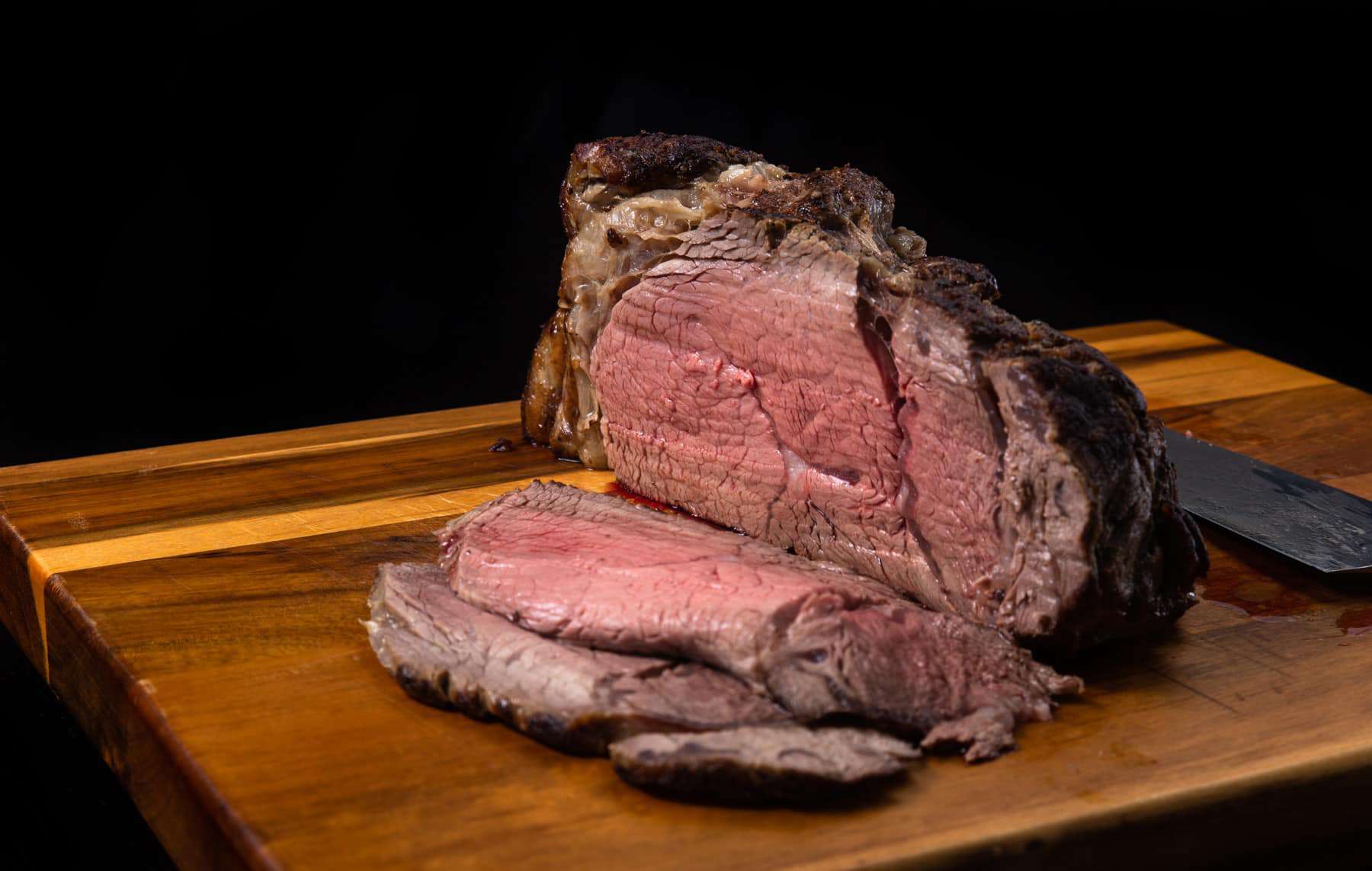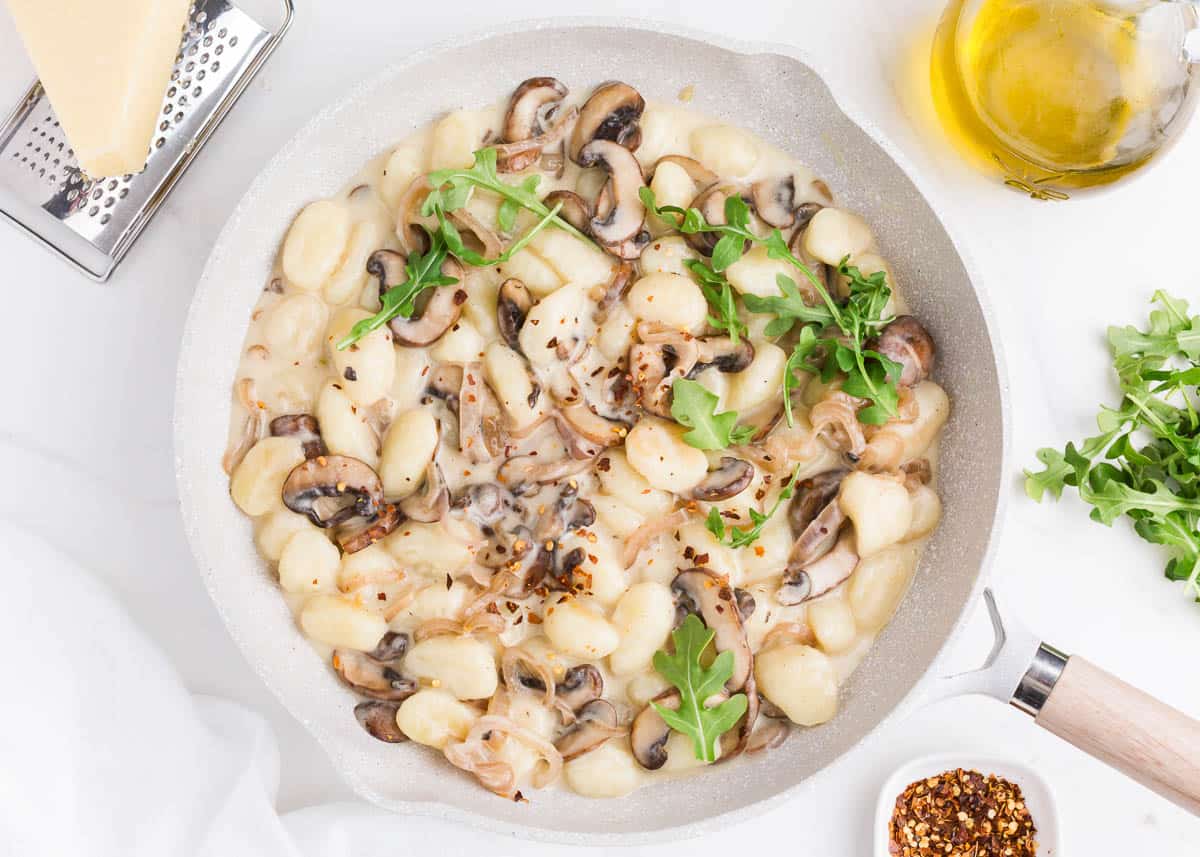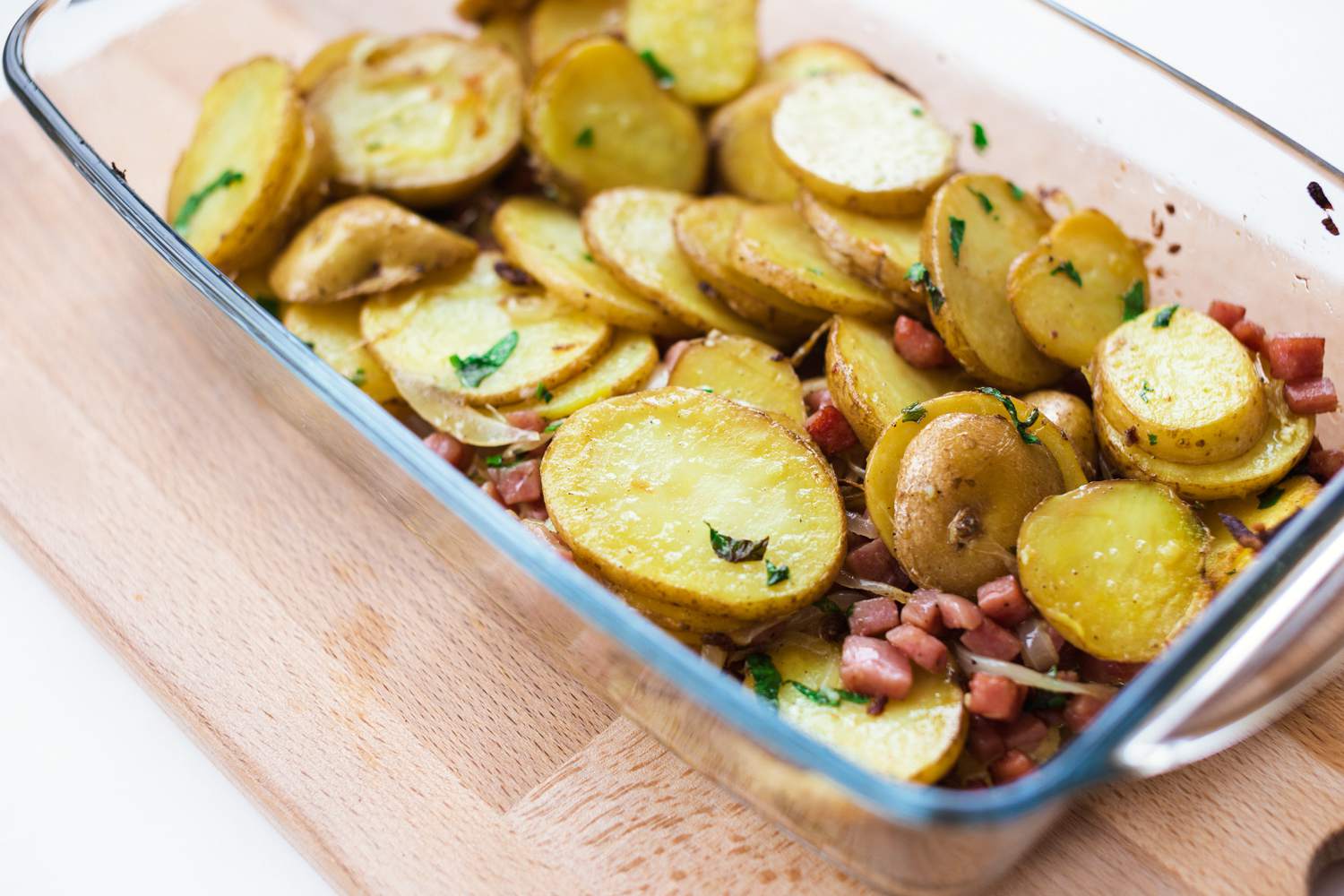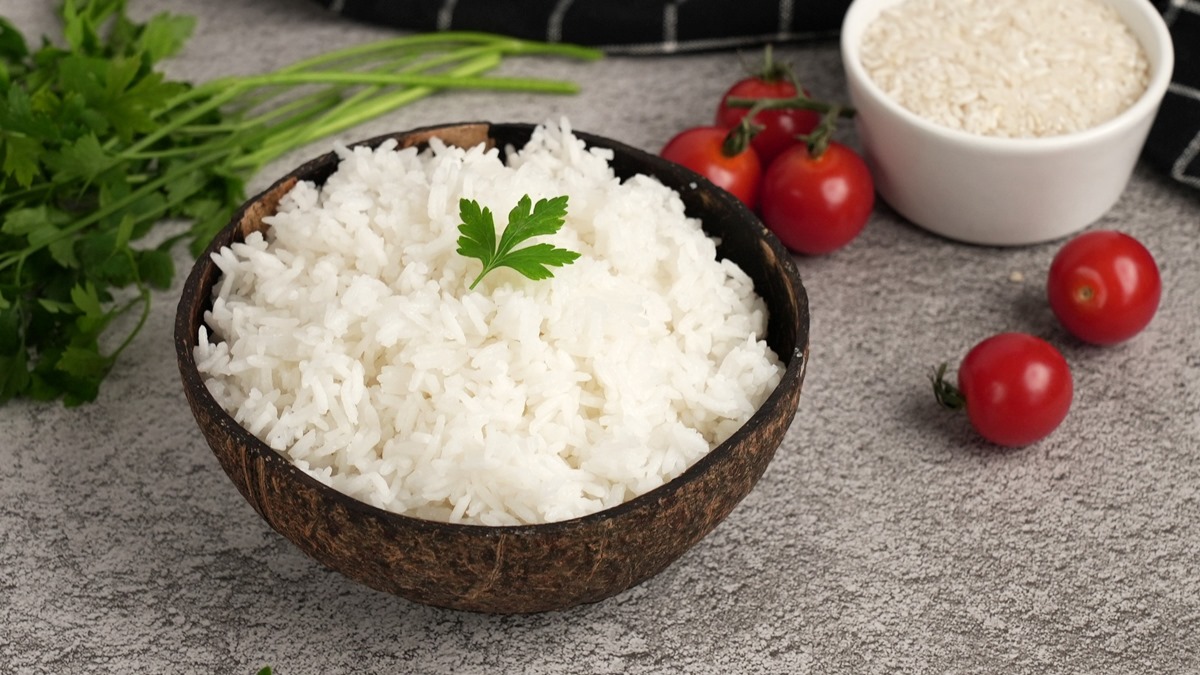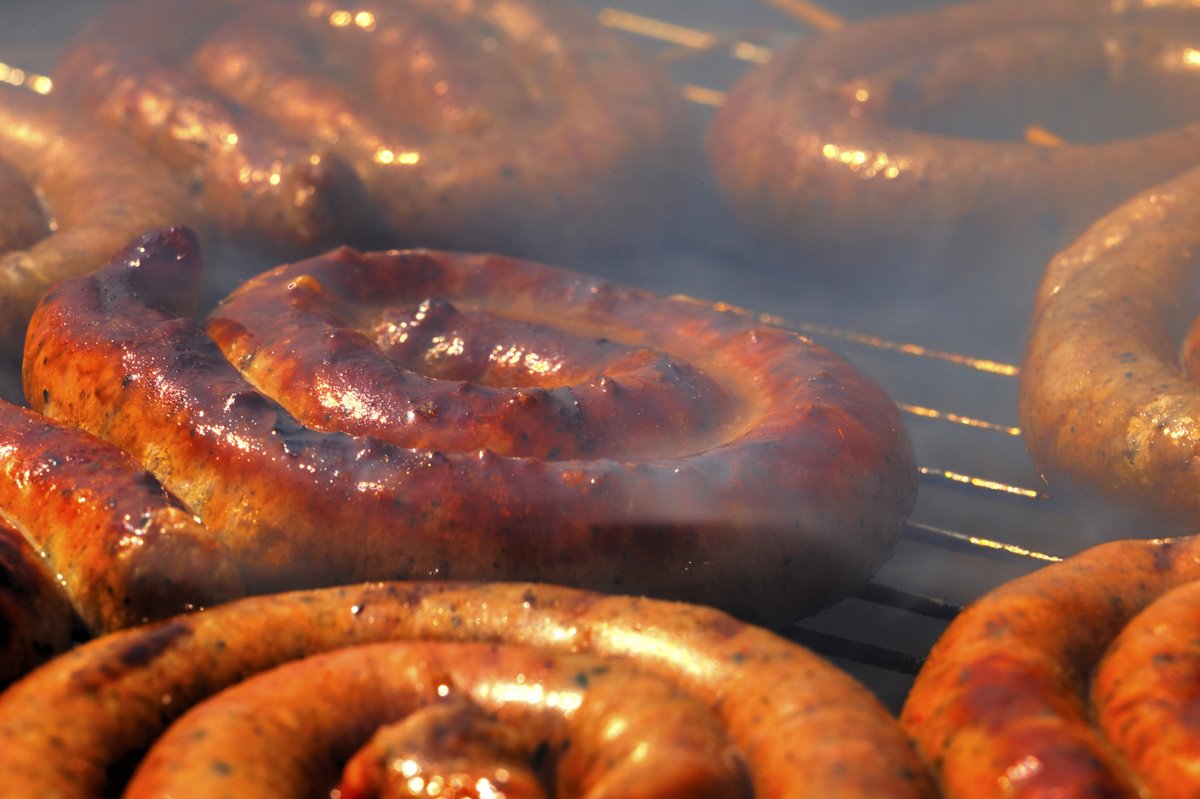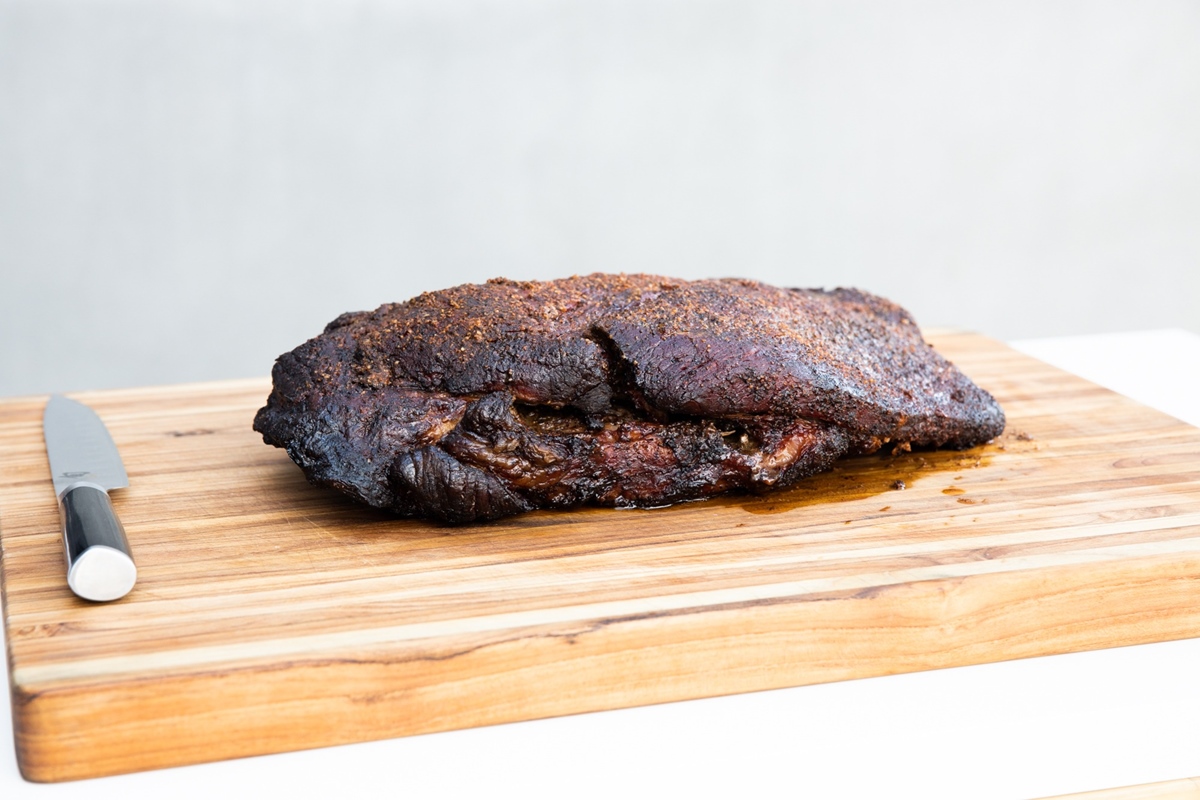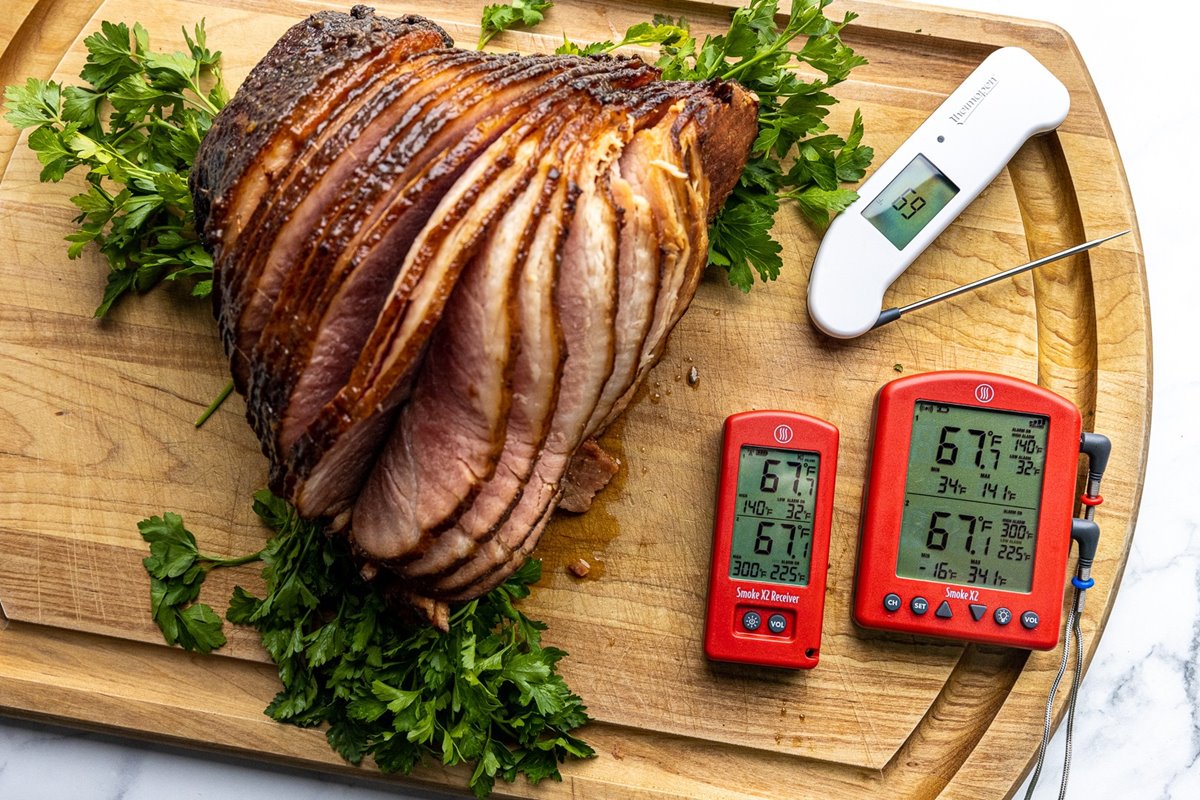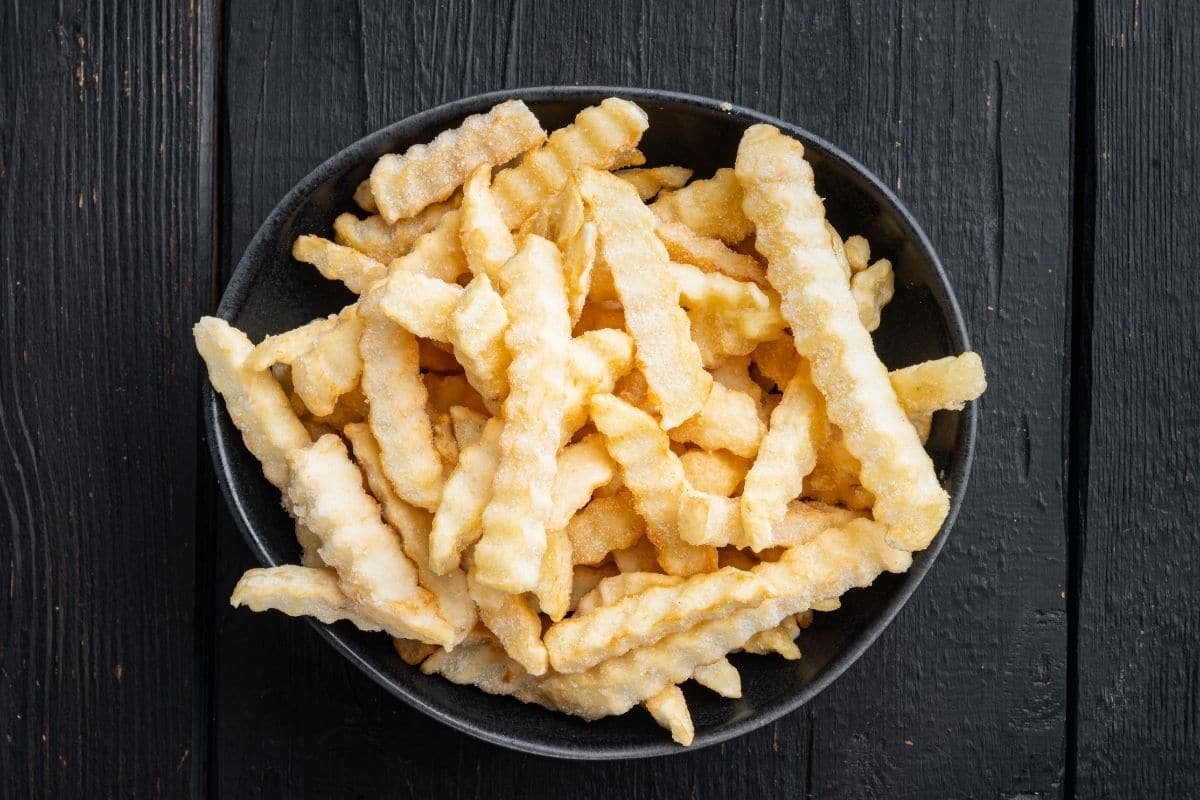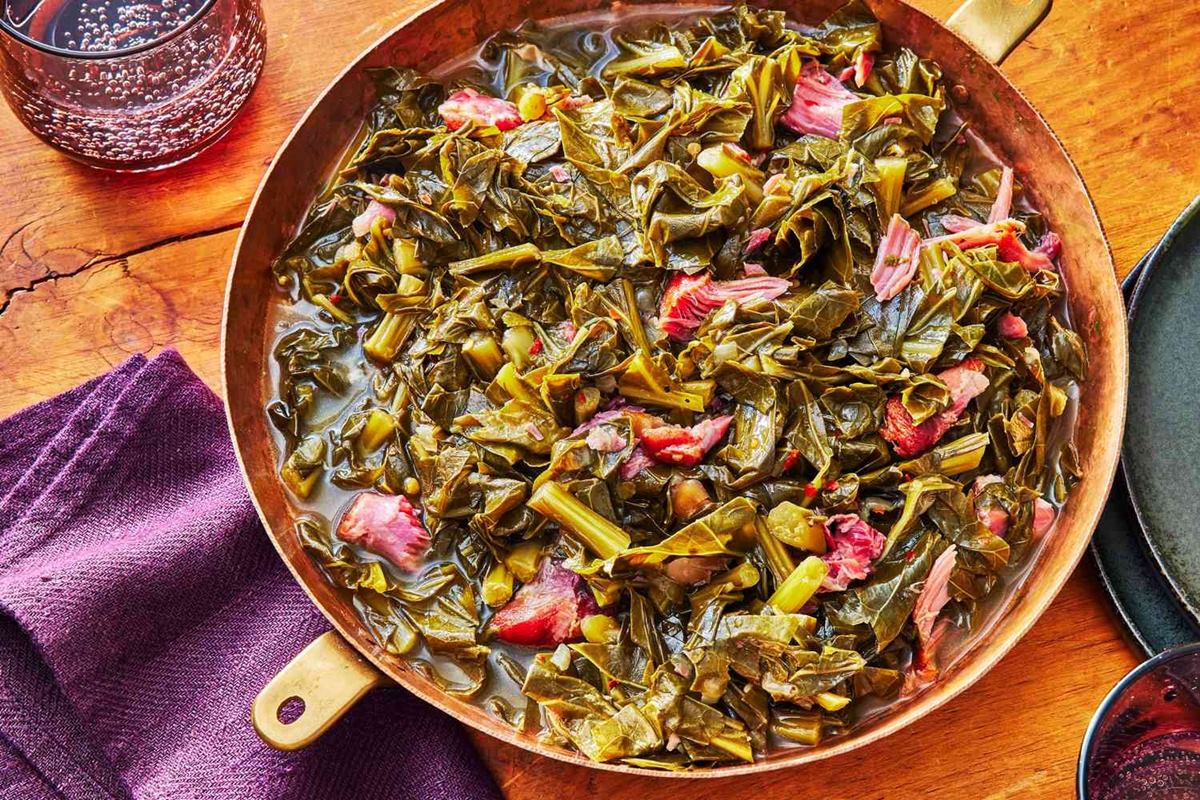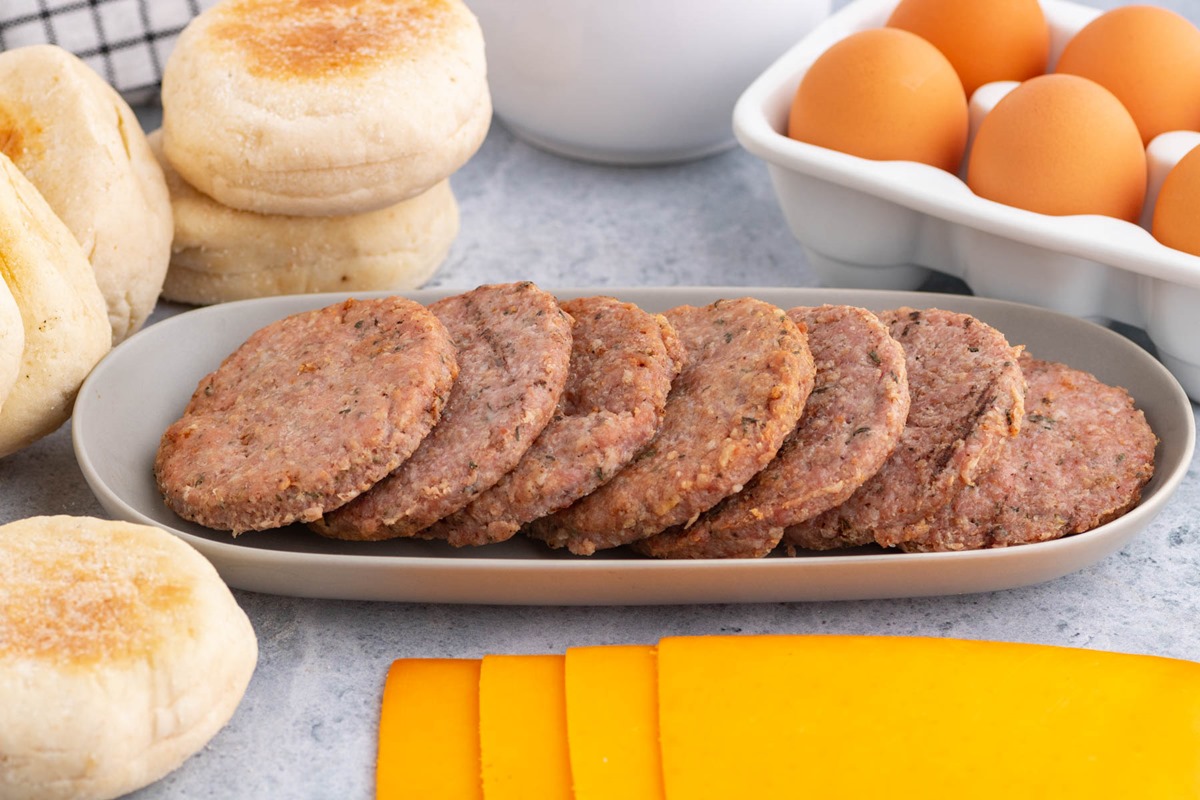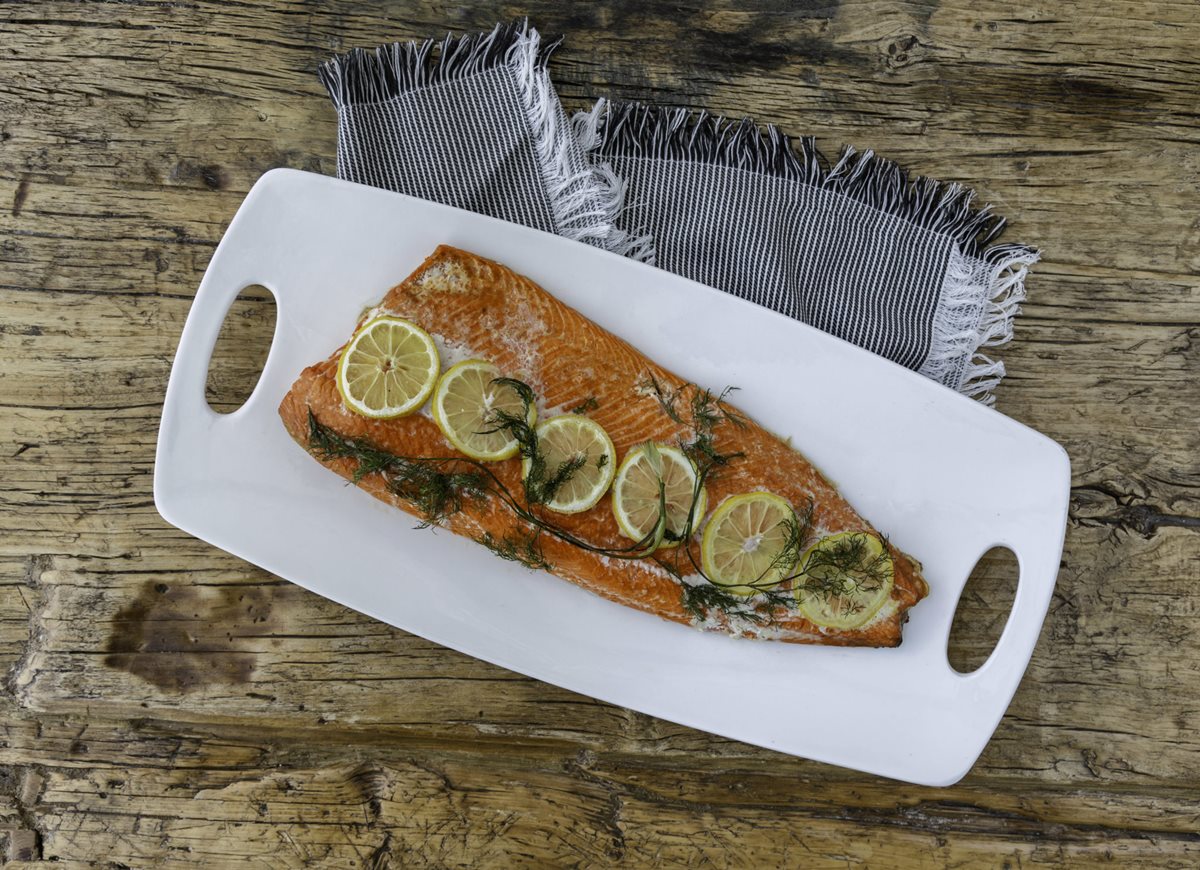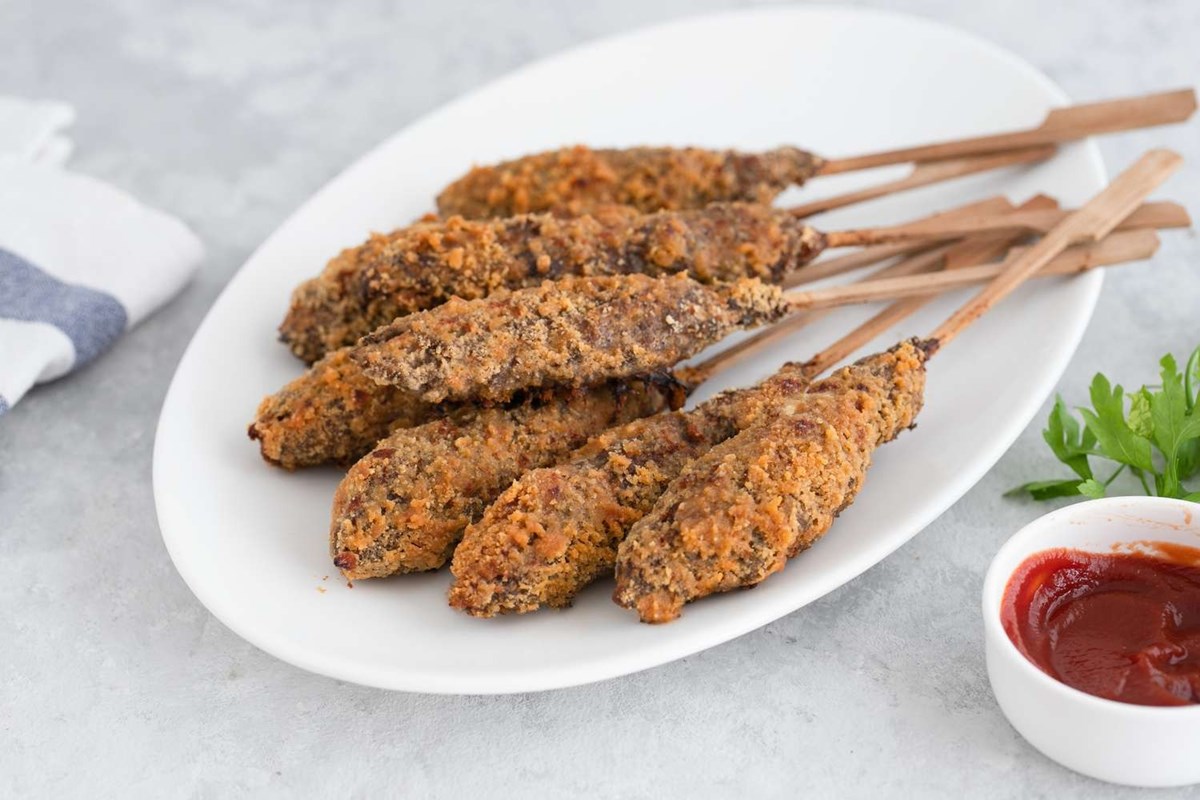Wholesome and Delicious: Cooking Spaghetti Squash for Your Canine Companion
We all know how important it is to provide our furry friends with a balanced and nutritious diet. While traditional dog food is a staple in their meals, it’s always fun to give them a little variety once in a while. One way to add some excitement to your dog’s diet is by cooking spaghetti squash for them. Not only is it a healthy option, but dogs often love the taste and texture of this unique vegetable. Here’s a guide on how to prepare spaghetti squash for your beloved pooch:
Choose the Perfect Spaghetti Squash
The first step in cooking spaghetti squash for your dog is to select the right one. Pick a squash that is firm, with a vibrant yellow color. Avoid choosing squash that has mushy spots or feels overly soft.
- Look for a medium-sized squash. It should be just enough for a couple of servings.
- Organic spaghetti squash is always the best choice for your dog’s health.
Preparation and Cooking
Once you have your chosen spaghetti squash, it’s time to prepare and cook it for your pup:
- Preheat your oven to 375°F (190°C).
- Wash the squash thoroughly to remove any dirt or debris.
- Cut the squash in half lengthwise using a sharp knife. Be cautious as the squash can be quite tough to cut through.
- Scoop out the seeds and discard them.
- Place the squash halves on a baking sheet, cut side down. You can cover the baking sheet with parchment paper for easy cleanup.
- Bake the squash for 35-45 minutes, until the flesh becomes tender and can easily be scraped into “spaghetti-like” strands using a fork. Cooking times may vary, so keep an eye on it.
Serving and Storage
Now that your spaghetti squash is cooked, it’s time to serve it to your furry friend:
- Allow the squash to cool completely before serving it to your dog. This ensures that it won’t be too hot and potentially burn their mouth.
- Use a fork to scrape out the spaghetti-like strands into your dog’s bowl.
- You can serve spaghetti squash as a standalone meal or mix it with your dog’s regular food for added variety.
If you have leftover squash, here’s how you can store it:
- Let the cooked squash cool down completely.
- Place it in an airtight container and store it in the refrigerator.
- Spaghetti squash can typically last for up to five days in the fridge. Before feeding it to your dog again, make sure there are no signs of spoilage or odd smells.
Benefits of Spaghetti Squash for Dogs
Wondering why you should consider adding spaghetti squash to your dog’s diet? Here are some benefits:
- High in fiber: Spaghetti squash is a great source of fiber, which can help regulate your dog’s digestive system.
- Low in calories: If your dog needs to shed a few pounds or maintain a healthy weight, spaghetti squash can be a great addition to their diet as it is low in calories.
- Rich in vitamins and minerals: This vegetable is packed with essential nutrients like vitamin C, vitamin A, manganese, and potassium, which contribute to your dog’s overall well-being.
- Hydration: Spaghetti squash contains a high water content, which can help keep your dog hydrated, especially during warmer months.
Remember, while spaghetti squash is generally safe for dogs to consume, it’s always best to introduce new foods gradually and in moderation. Keep an eye out for any allergic reactions or digestive issues that may arise. If in doubt, consult your veterinarian for advice tailored to your dog’s specific dietary needs.
So, next time you’re looking to spoil your four-legged friend with a delightful and healthy treat, try cooking up some delicious spaghetti squash. Your dog will thank you for the gourmet experience!
Was this page helpful?
Read Next: How To Cook Angus Beef Patties
